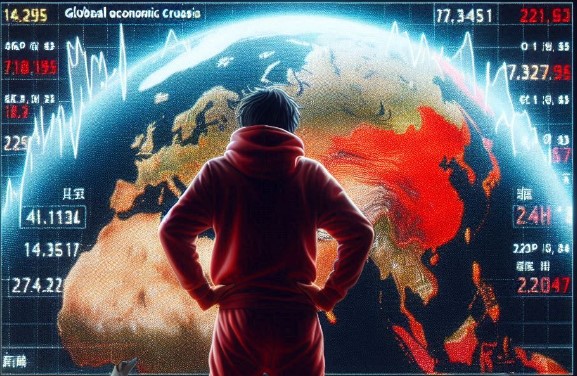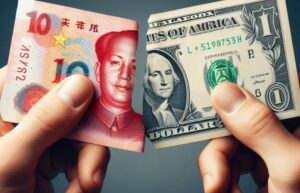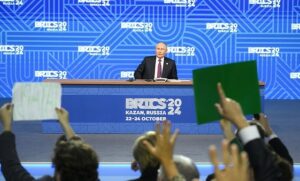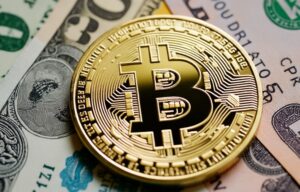Preocupación global por la deflación tras el recorte de tasas en China

China’s Central Bank Takes Action to Combat Deflation
The People’s Bank of China (PBOC) has announced a significant stimulus package to address the economic slowdown and investor confidence issues in the country. Unlike Western countries, their main goal is to counteract deflation.
According to PBOC Governor Pan Gongsheng, the target is to achieve an annual economic growth rate of around 5%. To achieve this, they have announced a reduction in key short-term interest rates and plans to lower the banks’ reserve requirements to the lowest level since 2018.
The interest rates are being cut by 50 basis points, releasing around $142.2 billion for banks to lend more to boost the economy.
While the exact date of the rate cut implementation has not been specified, Gongsheng assured that it will happen soon. He mentioned the possibility of an additional cut of between 0.25 and 0.5 basis points before the end of the year, depending on market liquidity and economic conditions.
The People’s Bank of China will also ensure that commercial institutions reduce interest rates on existing mortgages by an average of 0.5 percentage points to ease the pressure on families.
The minimum down payment rate for buyers of second homes nationwide will also be reduced to 15% from the current 25%.
All these economic measures aim to revitalize the Chinese economy by providing more liquidity and encouraging growth. The goal is to recover from the economic slowdown caused by a deceleration in the real estate sector and low consumer confidence.
China is trying to reverse the economic slowdown trend that has been consistent since 2022, following the recovery from the Covid pandemic crisis.
Despite deflation seeming positive compared to inflation in terms of price stability, it can be harmful to an economy by reducing spending and investment, leading to low economic growth, reduced business profits, low wages, unemployment, and debt repayment challenges.
Growing Fears of a Global Crisis
Some analysts have noted the absence of policies supporting real economic activity and questioned the advancement possibilities of the Chinese economy with the central bank’s liquidity injections, given the extremely weak credit demand from businesses and consumers.
Capital Economics analyst Julian Evans-Pritchard stated that the stimulus package alone may not be sufficient and additional fiscal stimulus may be needed to achieve the official growth target of around 5%.
Therefore, China’s situation appears as delicate as that of the United States. While the recent rate cuts could be seen as a positive sign, fears of recession and inflation resurgence persist.
There are concerns that China’s weakened internal situation might disrupt other economies, also grappling with growth issues. Cheaper Chinese exports continue to undercut local producers, artificially lowering prices elsewhere (exporting deflation).
Some economists express worries about the consequences of China’s export-driven strategy amid escalating trade tensions with the US and Europe, affecting their ability to sell high-value products abroad.
Global economic slowdown risks rise as monetary policies impact fiat currencies, investors become more cautious, and markets drop due to contraction fears.







